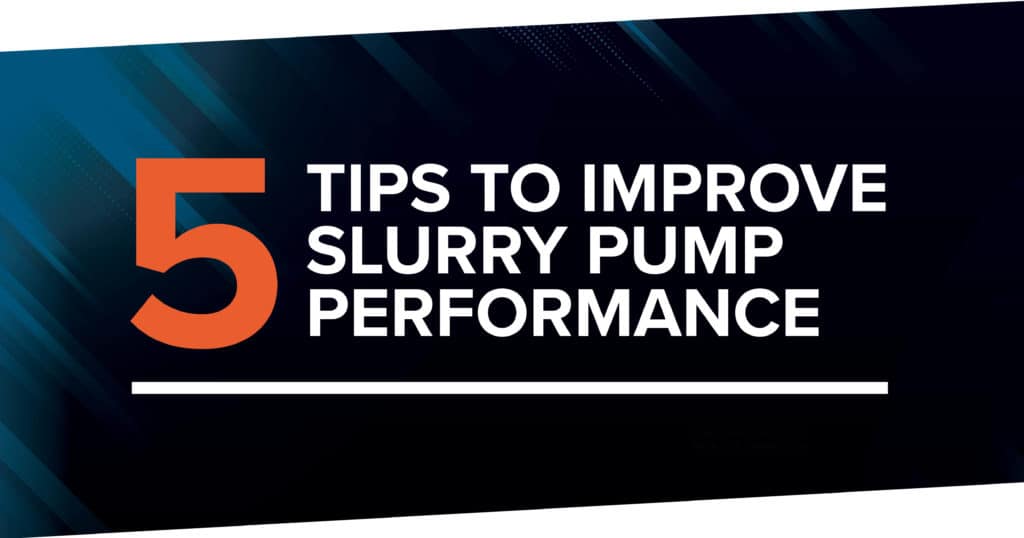Whether mining, processing minerals, treating wastewater, or dealing with slurries, you need a specialized slurry pump system. Slurries are notoriously tricky to process–each has a unique density, viscosity, and mixed media characteristics. To achieve optimized results, you have to dial in your slurry pump system.
Here are some tips from the slurry pump experts at DXP Pacific:
- Select the Proper Pump
Not all slurries are the same. Similarly, not all pumps can handle any challenging slurry material that comes its way. That’s why we proudly partner with Shurco Slurry, a specialized centrifugal pump manufacturer that builds systems to handle tough slurries—as always, starting with the proper pump is vital.
- Check Your Head
A pump used for water-based slurries should produce a head of 10-25% lower than a water pump. This isn’t an exact number, as it varies based on the pumping slurry. Matching the pump and its pumping characteristics to the materials and make-up of the slurry itself is essential.
- Beware of Erosion
Erosion and the wear that it causes are major concerns for slurry pump operators. The impeller and casing, in particular, are wetted components which are most susceptible to erosive effects caused by most slurries. You should take steps to prevent and monitor wear, though there are some cases where wear is inevitable. Sometimes, the issue can be addressed by increasing the case width. Specialty slurry pumps may have internal lining in the case or be constructed with erosion-resistant alloys to minimize the wearing effects of erosion.
- Watch for Particle Impact & Sliding
Particle impact and sliding (scouring) is another common issue. With many slurry pumps, erosion is a result of particle impact. Depending on the slurry flow’s turbulence, erosion may be happening consistently in a specific direction or in random impacts. Sliding or scouring is another common source of erosion. Slurry pump operators need to know what these issues are, how to detect them during operation and how to prevent or address them before major damage occurs.
- Maintenance and Monitoring
Preventative maintenance and consistent monitoring will improve the performance and lifespan of your pump system. Remember, most slurry pumps require a complete shut down when replacing parts, which means lost time and production. However, through preventative maintenance and careful monitoring, you can minimize losses and avoid catastrophic failures.
Let’s work together to select and configure the proper slurry pump for your operation. Once installed, we’ll guide you on system optimization, maintenance, and repair services.
DXP Pacific works with the world’s leading slurry pump manufacturers, and we know how to deal with even the most challenging slurry processes. Contact us today!

